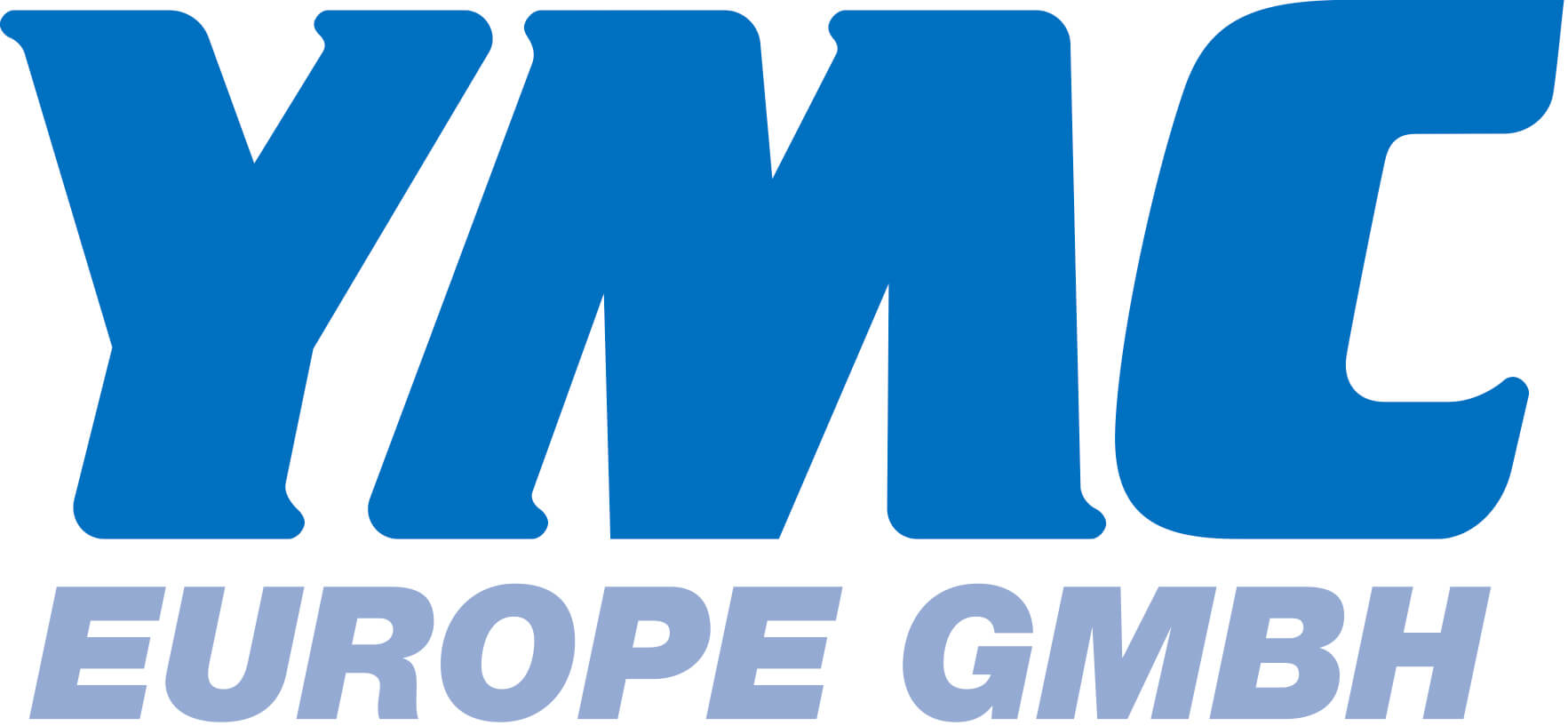
This study demonstrates the advantages of using Markes’ Multi-Gas thermal desorption (TD) with gas chromatography (GC) and hydrogen carrier gas for the analysis of ozone precursors in air. Also presented is a case study and some new findings possible thanks to the reduced traffic pollution during lockdown periods.
Helium is commonly used as GC carrier gas but is a finite resource that is increasingly expensive and difficult to source. It must be extracted and stored before being shipped around the world, giving it a high carbon footprint. Hydrogen, on the other hand, is simple to generate on-site and on-demand using water and electricity, so seems to be the obvious environmentally friendly alternative. Securing against helium shortages in the long term and offering immediate cost and operational savings, hydrogen also promises shorter analytical cycle times and faster sample throughput whilst being the optimum choice in remote locations where access is limited.
Markes’ world leading -xr range of TD instruments are now certified for safe operation with hydrogen carrier gas as well as helium and nitrogen. In these new systems, no TD features or functions are compromised by using hydrogen, and all thermal desorbers for tube-based, on-line and canister TD–GC–MS analysis can be configured with any choice of carrier gas without changing system hardware.





